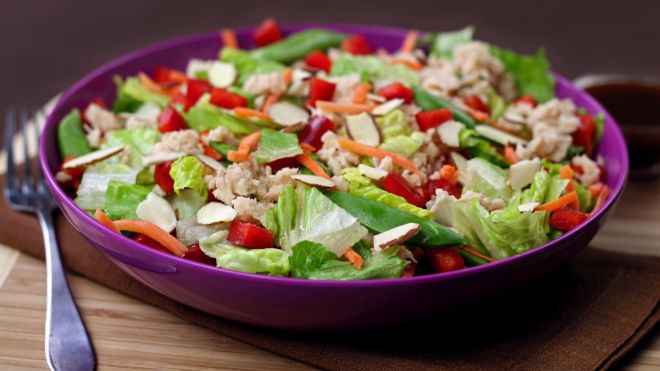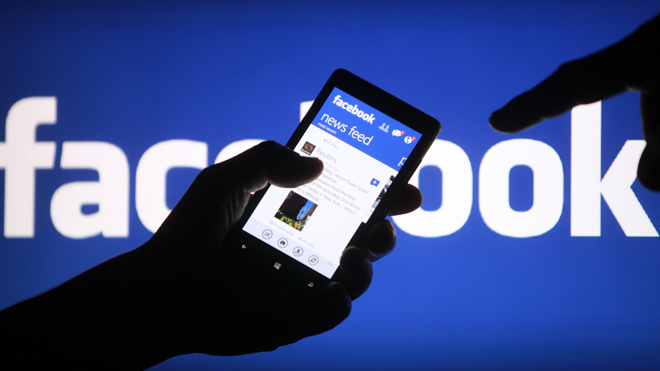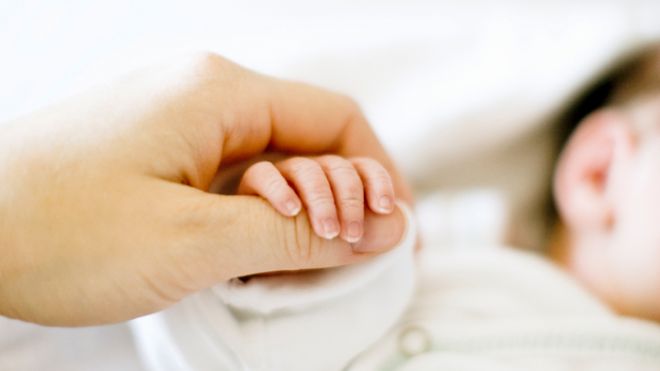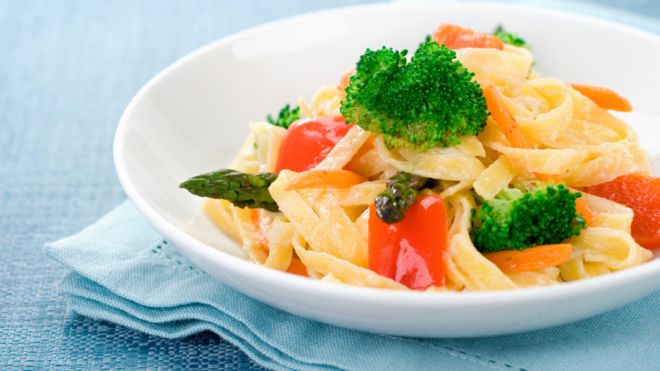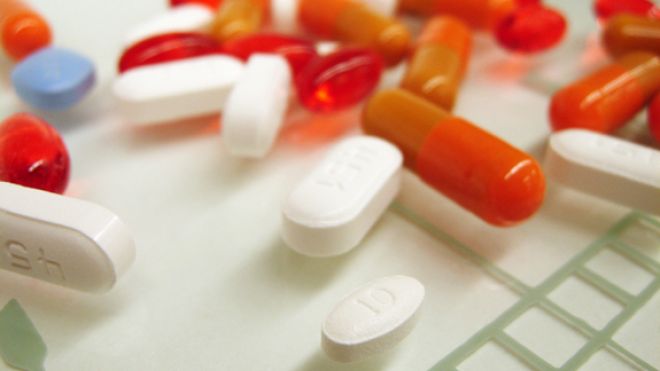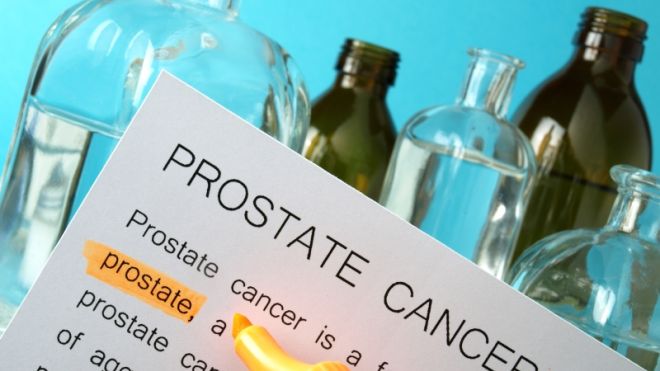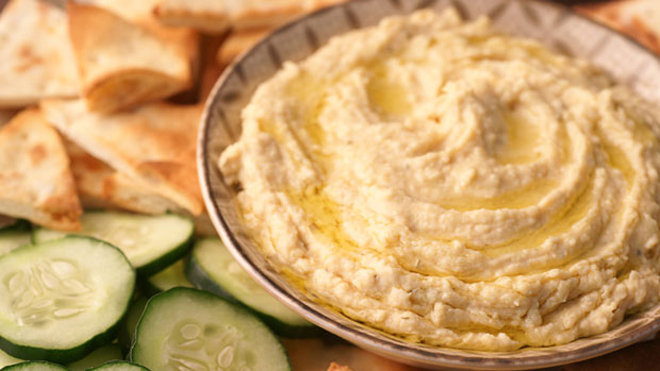5 ways to keep your salad skinny
Salad is the secret to a having beach-ready body, right?  Not necessarily.   Sure, salad greens and chopped vegetables are low in calories and great for weight control.  But what else you toss into your salad can keep it light or load it up with as many calories as a cheeseburger and fries!   It’s easy to go overboard on toppings – especially at a well-stocked salad bar – so choose with care:   Eat a colorful salad    Instead of adding nuts, cheeses, seeds, and crispy tortillas, get a variety of flavors with a colorful mix of veggies that fill you up on very few calories. A cup of raw, chopped veggies has just 25 calories compared to a handful of nuts at 250 calories or more. Great salad veggies include broccoli, carrots, cucumber, bell peppers and red onion. And by eating a colorful mix, you get greater variety in vitamins and minerals, too.   Choose lean proteins    Tasty as they may be, crispy chicken, tuna salad and crunchy bacon can make your salad a fatty disaster.  You can lighten up without sacrificing flavor by going with lean proteins such as grilled chicken, fish, egg whites, ham, turkey, shrimp and edamame. Go easy on cheese    Your bikini bottom will thank you for skipping toppings like goat cheese, cheddar cheese, and crumbled blue cheese – which are high in fat and have over 100 calories per ounce. Instead, opt for shredded, part-skim mozzarella or grated parmesan cheese – just a little bit adds a lot of satisfying taste. Pick fresh fruit rather than dried    No question dried cranberries and raisins add a sweet note to your salad, but at 60 calories for two measly tablespoons are they worth it
